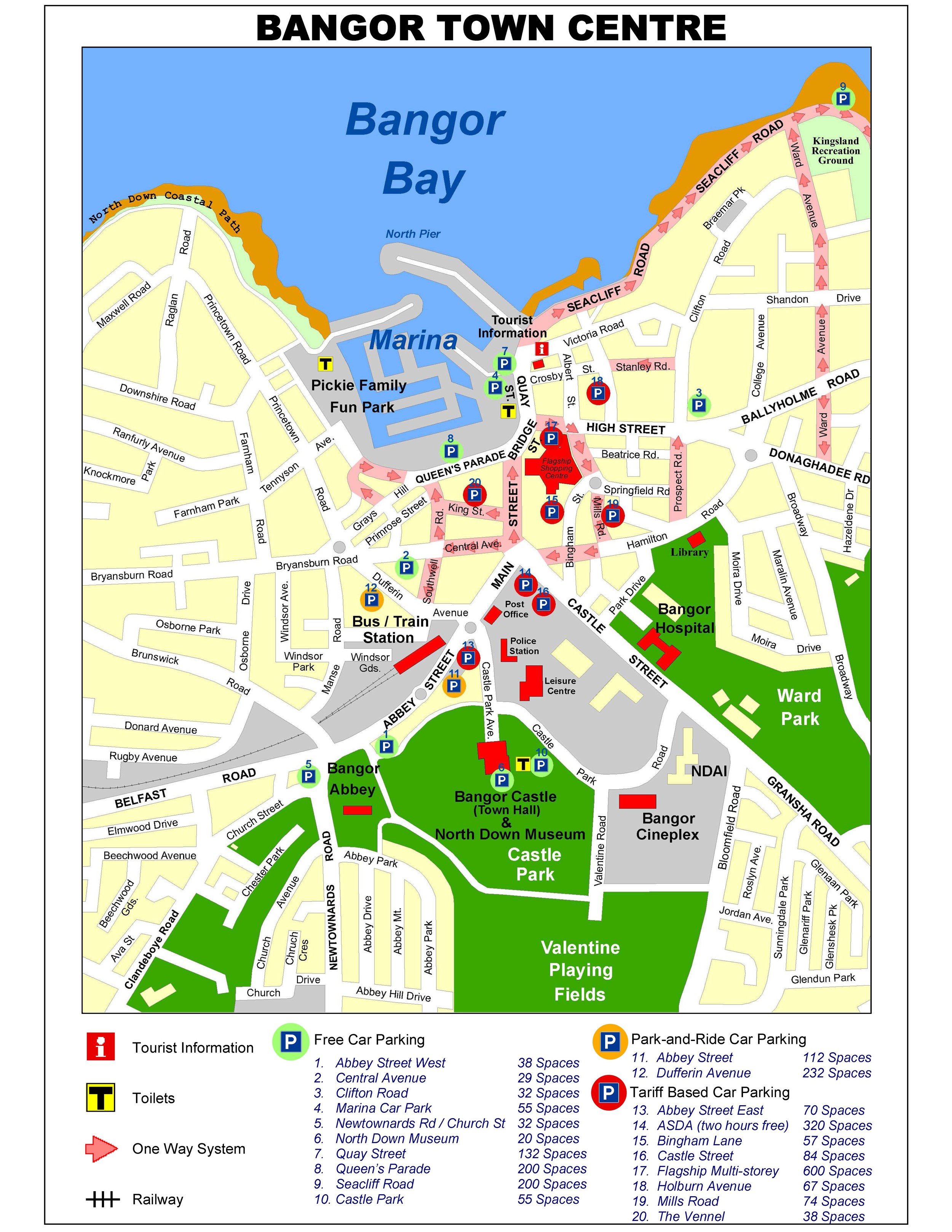Map Of Kyoto
Kyoto, the former imperial capital of Japan, is a city steeped in tradition and culture. Its beautiful temples, shrines and gardens are a testament to its rich history and attract millions of visitors every year. Whether you're a history buff, a nature lover or a foodie, Kyoto has something for everyone.
But before you pack your bags and head to Kyoto, it's important to understand its demographics and culture.
Demographics and Culture
Kyoto has a population of about 1.5 million people, and is the seventh-largest city in Japan. The city is known for its beautiful traditional architecture, as well as its geisha and maiko (apprentice geisha) districts, such as Gion and Pontocho.
The city also has a strong religious presence, with over 1,600 Buddhist temples and 400 Shinto shrines. Many of these temples and shrines are UNESCO World Heritage Sites, and attract millions of visitors every year.
Another important aspect of Kyoto's culture is its cuisine. Kyoto is known for its kaiseki ryori, a traditional multi-course meal that uses fresh, seasonal ingredients. The city also has a thriving tea culture, with many tea houses and shops selling high-quality teas.
Tourist Destinations
There are many tourist destinations to visit in Kyoto, ranging from historical sites to nature spots.
One popular destination is Kinkaku-ji, also known as the Golden Pavilion. This Zen temple is covered in gold leaf and is surrounded by a beautiful garden, making it a must-see spot for any visitor to Kyoto.
Another popular temple is Fushimi Inari Shrine, which is famous for its thousands of torii gates that line the hiking trails. It's a great spot for nature lovers and hikers.
The Arashiyama Bamboo Grove is also a must-visit spot in Kyoto. Walking through the towering bamboo groves is a serene and peaceful experience, and there are also many other attractions in the area, such as the Tenryu-ji Temple and the Togetsukyo Bridge.
If you're interested in history, be sure to visit Nijo Castle, which was built in 1603 and served as the residence of the Tokugawa shoguns. The castle has beautiful gardens and is known for its "nightingale floors," which make a chirping sound when walked upon to alert the inhabitants of intruders.
There are also many museums in Kyoto, such as the Kyoto National Museum, which showcases Japanese art and artifacts from ancient times to the present day.
Shopping and Culinary
Kyoto is known for its traditional handicrafts, such as pottery, textiles and lacquerware. You can find these crafts at many shops and markets throughout the city, such as the Nishiki Market and the Teramachi Shopping Arcade.
As previously mentioned, Kyoto is also known for its cuisine. There are many restaurants throughout the city that serve kaiseki ryori, as well as other traditional dishes like yudofu (tofu in a hot pot) and obanzai (Kyoto-style home cooking).
For tea lovers, there are many tea houses and shops throughout the city that offer high-quality green tea and matcha. Some popular spots include Ippodo Tea Co. and Fukujuen.
Tips
When visiting Kyoto, it's important to be respectful of the local culture. Be sure to dress appropriately when visiting temples and shrines (i.e. no shorts or revealing clothing), and take your shoes off before entering traditional Japanese buildings.
It's also a good idea to purchase a Kyoto City Bus All-day Pass, which allows for unlimited rides on the city's bus system. This is a convenient and affordable way to get around the city and visit multiple tourist destinations in one day.
Finally, be sure to try as much of the local cuisine as possible! Kyoto has a rich culinary history, and trying new foods is a great way to experience the culture.
FAQ
What is the best time to visit Kyoto?
The best time to visit Kyoto is in the spring (March to May) and fall (September to November), when the weather is mild and the cherry blossoms and fall foliage are in bloom. However, be prepared for crowds during these seasons.
Do I need a visa to visit Japan?
It depends on your nationality. Citizens of many countries are eligible for a visa exemption and can stay in Japan for up to 90 days without a visa. Check with your local Japanese embassy or consulate for more information.
How do I get to Kyoto?
Kyoto is easily accessible by train from Tokyo, Osaka and other major cities in Japan. There are also several airports near Kyoto, such as Osaka International Airport and Kansai International Airport.
What is the best way to get around Kyoto?
The best way to get around Kyoto is by bus or subway. The bus system is comprehensive and easy to use, and there are also several subway lines that connect major tourist destinations.
Is it safe to travel to Kyoto?
Yes, Kyoto is generally a safe city for tourists. However, as with any city, it's important to take basic safety precautions, such as keeping an eye on your belongings and avoiding walking alone at night in unfamiliar areas.
If you're looking for a city that combines rich history, culture and natural beauty, then Kyoto is the perfect destination. With its bustling markets, serene temples and delicious food, there's something for everyone in this amazing city.


